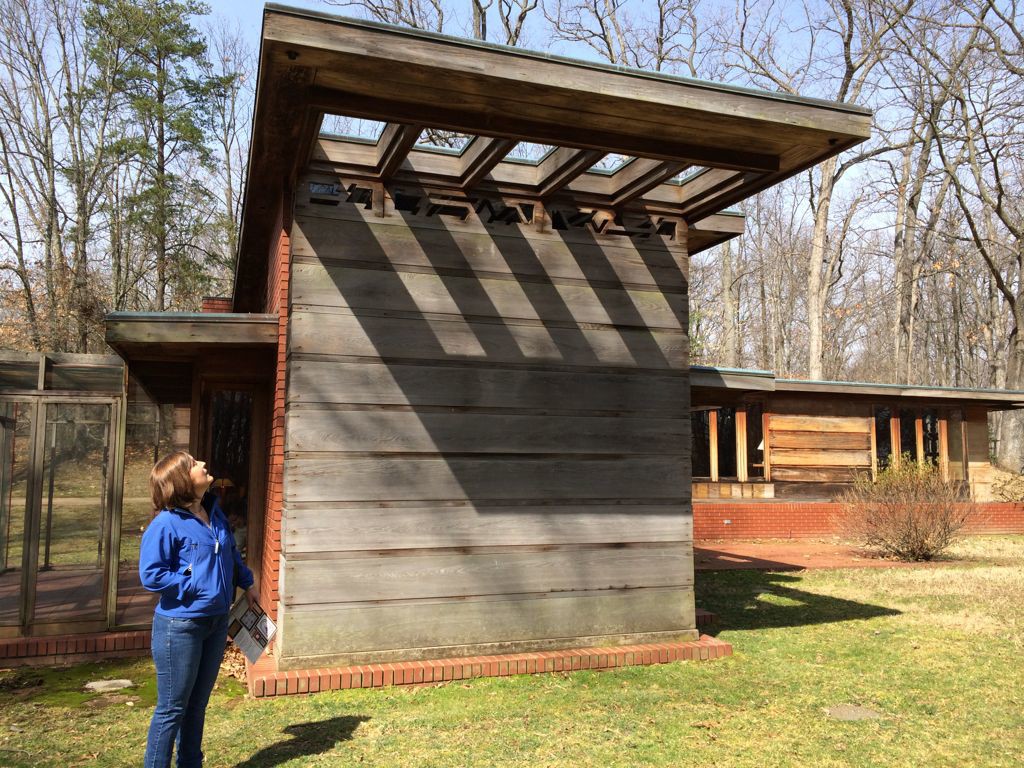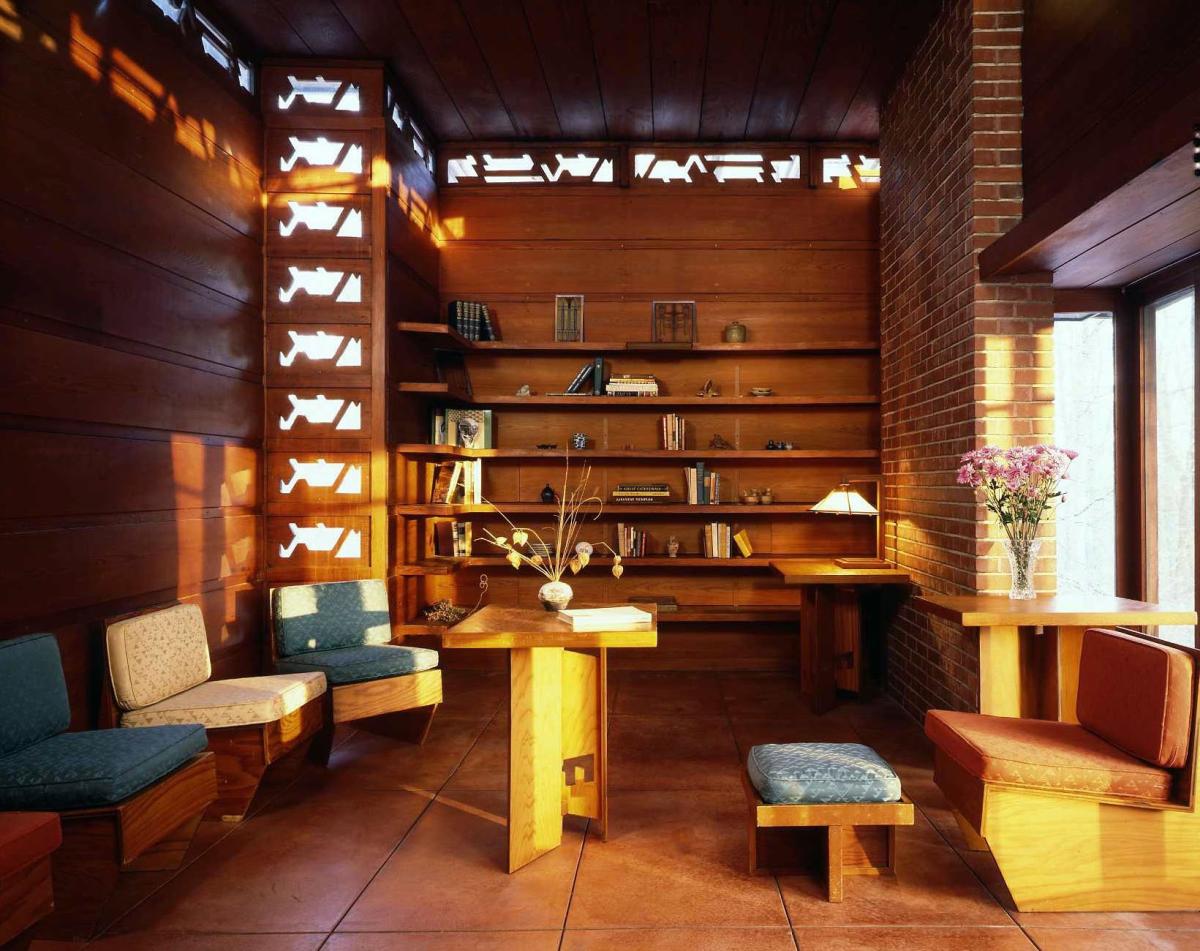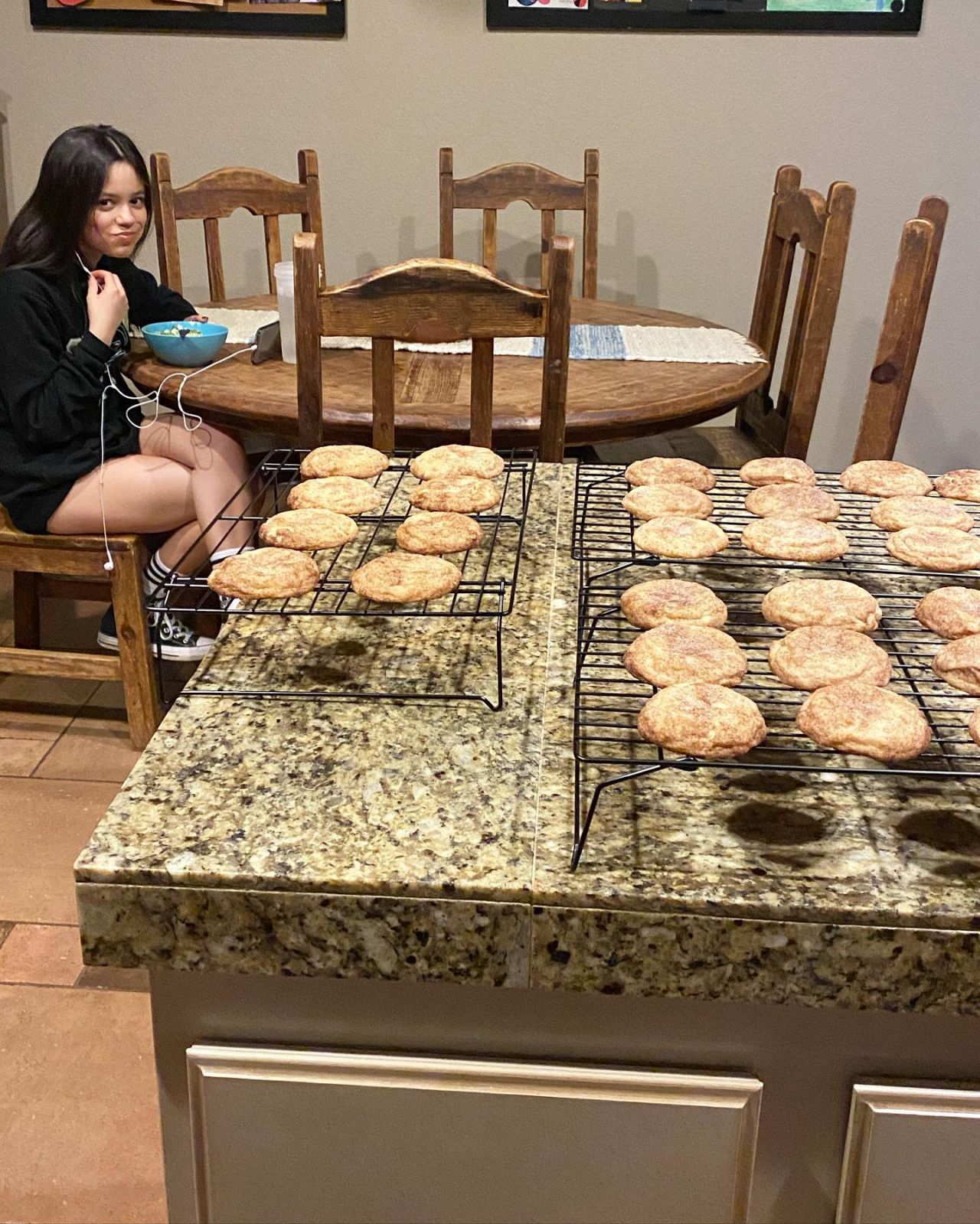Table Of Content
- This twice-relocated "Usonian" home is among the smallest built by master architect Frank Lloyd Wright.
- Futaba Cake Building
- Time your tour accordingly
- The Pope-Leighey House: A Marvel of Frank Lloyd Wright’s Genius
- Benefits for National Trust Members
- Woodlawn & Pope-Leighey House
- Which of the following wedding events does your venue service?

Also on the site is the Frank Lloyd Wright-designed Pope-Leighey House where visitors can explore and be inspired by the Usonian architecture and a vision for affordable, well-designed housing. We share the land with our partner Arcadia Farm for Sustainable Agriculture, whose mission is to create a more equitable and sustainable local food system. We also provide activities throughout the grounds and trails for learning, wellbeing, respite, and enjoyment of the natural environment and its history. His interest in progressive reform aligned with the belief within modernism that architecture could and should have an impact on social issues. Architecture was viewed as a mechanism for promoting progressive beliefs, motivated in part by pushback against corporate growth and landlordism. This principle is demonstrated at the Pope–Leighey House in the attention Wright paid to every component of the Popes' life there, down to the appliances, furniture, and decor.
This twice-relocated "Usonian" home is among the smallest built by master architect Frank Lloyd Wright.
The flat roof with a cantilevered carport, heated concrete floor slab and uniform treatment of the interior and exterior walls are features consistent with other Usonian designs. In 1963, the structure sat in the path of a highway expansion project and faced demolition. It was donated by the then-owner to the National Trust for Historic Preservation and, in 1965, moved 15 miles away to Woodlawn, which was originally part of George Washington’s Mount Vernon. In 1995, due to the instability of the clay soil, the house had to be moved 30 feet uphill, where it still stands today. As a site of the National Trust for Historic Preservation, we believe all Americans deserve to see their history in the places that surround us.
Futaba Cake Building

When seeking out modern materials for the roof, it was decided that using a fluid-applied waterproof membrane with a broadcast sand aggregate would be the best approximation to the look to Wright's original “wearcoat” material. This new location would guarantee future longevity and provide access for visitors to experience one of Wright's earliest Usonian homes for themselves. In 1965, the house was relocated to the grounds of Woodlawn Plantation, removing it from the path of a highway project. Located just outside Washington, D.C., the Pope-Leighey House and Woodlawn Plantation share a 126-acre estate that was originally part of George Washington’s Mount Vernon. The brick and wood used throughout the house are not painted but rather treated with clear wax, which accentuates their natural qualities.[4] The floor is Cherokee Red, one of Wright's signature colors. The Pope–Leighey House, formerly known as the Loren Pope Residence, is a suburban home in Virginia designed by American architect Frank Lloyd Wright.
Time your tour accordingly
The Pope-Leighey House, named for its only previous owners, is modest in size at only 1,200 square feet. Bounded by the humble budget of the Pope family, who commissioned the house from Wright in 1939, this structure nonetheless exhibits the distinct features characteristic of his formidable vision and style. The architectural element of compression and release, the cantilevered roofs, and the windows that open to the outside create an immediate interaction with the surrounding landscape. They also create a sensation of spaciousness and allow plenty of sunlight into the home. This house seems to reach far beyond its square footage and exudes the cleverness and comfort of true mid-century design. The heated concrete floors are one in a series of surprises I encounter during my visit to Pope-Leighey House, dedicated as a National Trust Historic Site in 1965.
Frank Lloyd Wright + Arizona
Originally built for Loren and Charlotte Pope, this Usonian Style home was sold to Robert and Marjorie Leighey in 1946. Following the death of her husband, Marjorie Leighey fought to save the home from demolition when Interstate-66’s impending construction was slated to cut directly through its original location. Led by her passion for the home, and with the help of the Department of the Interior, Virigina’s Governor Albertis S. Harrison, and the National Trust for Historic Preservation, the home was saved. The home was dismantled and moved 20 miles south to Woodlawn Plantation, the National Trust Historic Site in Alexandria, Virginia, where Leighey could enjoy lifetime tenancy.
The Pope-Leighey House: A Marvel of Frank Lloyd Wright’s Genius
Since 1949, Woodlawn and the surrounding 126 acres have been operated as an historic house museum, coming under the ownership of the National Trust for Historic Preservation in 1957. During the 1930s, Frank Lloyd Wright set his formidable attention towards designing affordable middle-class residences. More than 100 of these modest homes, referred to as Usonian, thought to mean "the United States of North America," were constructed between 1936 and Wright's death in 1959, including the Pope-Leighey house (1940). Commissioned in 1939 by journalist Loren Pope and his wife Charlotte Pope, the Pope–Leighey House was one of the first Usonian houses designed by Frank Lloyd Wright.

Wright, who liked to be involved at every step of the process, visited the site of construction several times. Frank Lloyd Wright’s connection to Arizona, the location of his personal winter home Taliesin West, runs deep, with his architectural influence seen all over the Valley. Here, PhD student David R. Richardson gives a brief overview of several of Wright’s most notable projects in the Grand Canyon state.
61st Annual Woodlawn Needlework Show - Alexandria Living Magazine
61st Annual Woodlawn Needlework Show.
Posted: Sun, 31 Mar 2024 07:00:00 GMT [source]
Thanks to the unified efforts of those dedicated to saving the home, it was sold to the National Trust for Historic Preservation, who still maintains ownership today. The house has seen many conservation projects happen over nearly six decades, and it is our goal to increase the scale of overall preservation efforts throughout the site. A new roof is a necessity to continue to preserve Frank Lloyd Wright’s Pope-Leighey House. Nearby Interstate Route 66 runs from western Virginia east to Washington, D.C. When plans were made to expand Highway 66, the Pope-Leighey house was directly in the path of the expansion and was likely slated for demolition. Mrs. Leighey chose to save the structure and gave the property to the National Trust for Historic Preservation.
Which of the following wedding events does your venue service?
And on June 8, Wright’s actual day of birth, there will be a big picnic at the site. During this second move, other changes were made to the home, including a complete reconstruction of the roof. As seen in the original image of the house in its Falls Church location, there is a clean roofline devoid of visible flashing. As part of the roof work in 1995, gravel was installed on the roof to weigh down the new roofing system, requiring the installation of a sizeable gravel stop edge flashing. During this time, Quakers sold parcels of land to other antislavery farmers and members of the local free Black population. These communities of Quakers and free Black people thrived here into the early 20th century.
In the Spring of 2024, all exterior wood will be cleaned and re-treated to give the house a uniform appearance. In recent years, it became apparent that it was time to evaluate the current state of the building's roof, identify any issues, and work to address them in order to ensure the home’s stability. Today, our staff is dedicated to telling a more complete version of Woodlawn’s history and partnering with our community to steward the land and these historic buildings for future generations. Subsequent owners of Woodlawn mansion, attracted by romanticized ideas of the antebellum South, repaired and preserved the home for their own uses.
The work was completed by the summer of 2015, and it cost the National Trust a grand total of $13,000, thanks to the volunteer labor and a $10,000 donation to Woodlawn from the Jessie Ball duPont Fund. The hope now, Wilson says, is that her team’s research can be replicated at other Frank Lloyd Wright sites with wood siding. The wood conservation project started in 2011, when Jablonski Building Conservation completed a building assessment and treatment report. (That work was funded by a grant from the federal Save America’s Treasures program.) Years of deferred maintenance had left the wood looking worn and dull.
National Trust for Historic Preservation members receive one FREE single house or combo tour admission. Plan to be on site for up to 1-1.5 hours if you are taking one tour and up to 2-2.5 hours if you are taking both tours. Tour Woodlawn Manor and Pope-Leighey House in the George Washington Memorial Parkway Corridor. View the vast differences in architecture from the early 1800’s to 1900’s in a unique juxtaposition along US Route 1. We believe that historic places and sites of all types and periods are obligated to be places of truth-telling and inclusivity.
However, after the old roofing and flashing were removed, substantial areas of water damage and rot were discovered within the roof structure, including some significant structural damage. Additionally, several wood fascia boards were found to be severely deteriorated, necessitating their replacement. Following additional structural assessment and planning, areas of roof framing were either reinforced or replaced entirely, adding significant time and cost to the project.
Woodlawn & Frank Lloyd Wright's Pope-Leighey House - Atlas Obscura
Woodlawn & Frank Lloyd Wright's Pope-Leighey House.
Posted: Tue, 18 May 2021 07:00:00 GMT [source]
Wright was considered a master of tying the house to the environment, something that he liked to call "organic architecture." Fifteen years later in 1961, the Leigheys received news that the house would be condemned due to the construction of I-66 along the corridor where it was located. In 1995, the house was relocated a second time because of an unstable foundation to a place 30-feet away from its original spot at Woodlawn. Frank Lloyd Wright is widely regarded as one of the greatest architects in American history, and perhaps one of the most creative home designers of all time. Pennsylvania is home to a collection of so-called “Usonian” homes that demonstrates Wright’s eschewing of the conventional building styles of his time. An impassioned letter to Wright from the original owner of this home, Loren Pope, is where the story of this small wonder begins.
As highway bulldozers aimed Route 66 at Marjorie’s property, the team of preservationists scrambled to devise a rescue campaign. Unfortunately, for all its marvel and wonder, the house could not protect the Popes from tragedy. In the later days of the spring they moved in, baby Ned embraced his newfound knack for walking. He roamed the nearby woods with his friend, a little girl who lived next door. With the innocent curiosity of any young child, “his attention had been attracted by the ducks in the pond” and he waddled into the water.[29] Although not very deep, the boy drowned before his parents could reach him.
Experts reached a solution that cleans and protects the siding from biological growth and UV rays, yet some of the weathering will remain. Narrow wood Dutchman, small wood-grafts used to repair cracked and damaged wood, were also completed to provide a more stable exterior skin. In 2023, we are currently working on a project to repair the roof at Pope-Leighey House. This work will also return the home’s exterior to what would have been Frank Lloyd Wright’s original design.


No comments:
Post a Comment